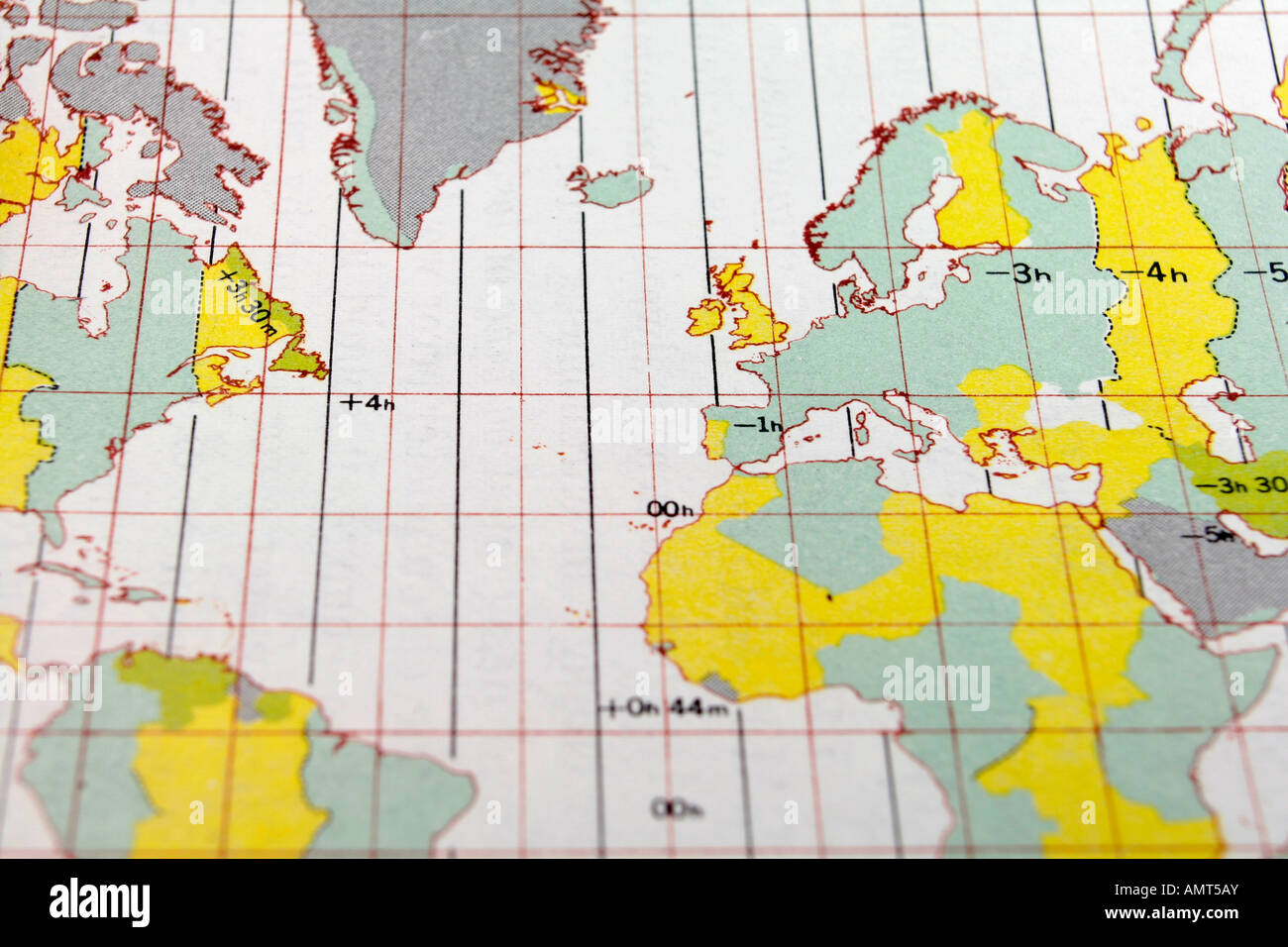

Finally if you’re building UI to allow users to select Time zones you’ll probably want to use TimeZoneInfo.GetSystemTimeZones(). Also useful are TimeZoneInfo.ConvertTime()which converts between two timezones and TimeZoneInfo.ConvertTimeToUtc(). You need two static methods from it: TimeZoneInfo.FindSystemTimeZoneById() and TimeZoneInfo.ConvertTimeFromUtc(). On the other end when retrieving dates you convert all dates from UTC dates to local dates according to the user’s time zone for which you need to using the TimeZoneInfo class. So in addition to converting to UTC you also need to be able to convert user local dates to and from specific time zones which you can do with TimeZoneInfo.ConvertTime() and THEN convert that value to UTC.

ToUniversalTime() on a captured date input because that time reflects the server’s time, not necessarily the user’s time. However in Web apps, this is not quite so easy because you can’t just use the server’s local time and use. This means storing dates in UTC format either with generated values using DateTime.UtcNowor, if you are capturing user input dates converting the time zone specific dates to UTC dates using. This means storing DateTime values as UTC, so that you have a consistent baseline date value. Web apps typically require that dates are stored in time zone agnostic fashion. I see others struggling with this often as well, so I decided to take some time to write it down here in a post so I can find this info in one place.
#UTC TIME MAP HOW TO#
I find myself having to look up what functions need to be called and review my thinking about how to best manage dates frequently. NET has a good set of date manipulation function, the various time zone conversion routines are a bit of a pain to use. If the application is not used just in a single location you are likely have to deal with times zones in your application. If an area switches their time zone, events created before we knew about the change might be in the wrong time zone.Most applications we build tend to have date and time data associated with it. When events are created, they're converted into UTC, but you'll always see them in your local time. Google Calendar uses Coordinated Universal Time (UTC) to help avoid issues with daylight saving time.
#UTC TIME MAP UPDATE#
If Use device time zone is on, your time zone will update automatically as you travel.When you travel to a different time zone, you can see your calendar in the local time. For example, a 9 AM MT task changes to an 11 AM ET task if you travel from Denver to New York. Tasks adapt to the new time zone if the Calendar’s time zone is changed after a task is created. For example, a daily 9 AM MT reminder becomes a 9 AM ET reminder if you travel from Denver to New York. Reminders always show up at the same hour regardless of time zone. It will also show up in the local time zones for anyone you invite, even if they're in a different time zone. When you create an event, you'll see it in your local time zone. This helps if you'll be traveling when the event happens, or if you're creating events for people in different time zones. You can change your time zone and create events with certain time zones.


 0 kommentar(er)
0 kommentar(er)
